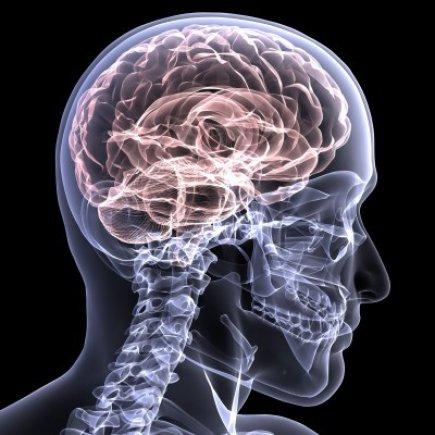Sports and physical activity are generally fun and healthy activities. However, it seems that the more we learn about the effects of contact sports on the brain, the more we need to be aware of the implications of that participation.
This week's news raises that caution.
Findings of a new study show that increased exposure to contact sports raises the chances of developing a disease that can bring on Parkinson's disease.
What's more, this disease is separate from chronic traumatic encephalopathy, or CTE, the headline-making disease that has been linked to concussions and repeated blows to the head, and has categorically reshaped how kids and parents – as well as professional football and hockey players – approach contact sports.
As far as this week's revelation is concerned, this other condition is called Lewy Body Disease, the risk of which increases the longer a person plays football, hockey, lacrosse or other contact sports. Researchers from Boston University School of Medicine and the VA Boston Healthcare System determined that when motor skills are compromised, it appears that Lewy Body Disease, or LBD, is the cause, which in turn can bring about the tremors and impaired movement associated with Parkinson's.
“We found the number of years an individual was exposed to contact sports, including football, ice hockey, and boxing, was associated with the development of neocortical LBD," says Thor Stein, MD, PhD, the study's corresponding author and a VA-BHS neuropathologist, "and LBD, in turn, was associated with parkinsonism and dementia.”
The study, which was published in the Journal of Neuropathology & Experimental Neurology, found that those athletes "who played more than eight years of contact sports had the greatest risk of LBD, which was six times higher than those who played eight years or less."
Nearly 700 brains of deceased individuals, from "3 distinct brain donation groups were neuropathologically evaluated for neurodegenerative disease," were included in the study, 269 of which came from former athletes. The other two groups were from a "community-based aging cohort" (164 brains) and the Boston University Alzheimer Disease Center (261). And of the brains of the former athletes, 20 percent were diagnosed with Lewy Body Disease.
Those with LBD have symptoms that include depression, sleep difficulty, issues with cognition and movement, and hallucinations.
More people have heard of CTE, which is a progressive, neurodegenerative disease caused by repeated hits to the head, resulting in brain trauma. It is common among athletes, football players chiefly among them, who both play contact sports or have a history of concussions. Confusion, memory loss, mood swings, depression and uncharacteristic aggression are some of the visible symptoms. CTE can only be detected post-mortem, but strides have been made to diagnose it in the living.




